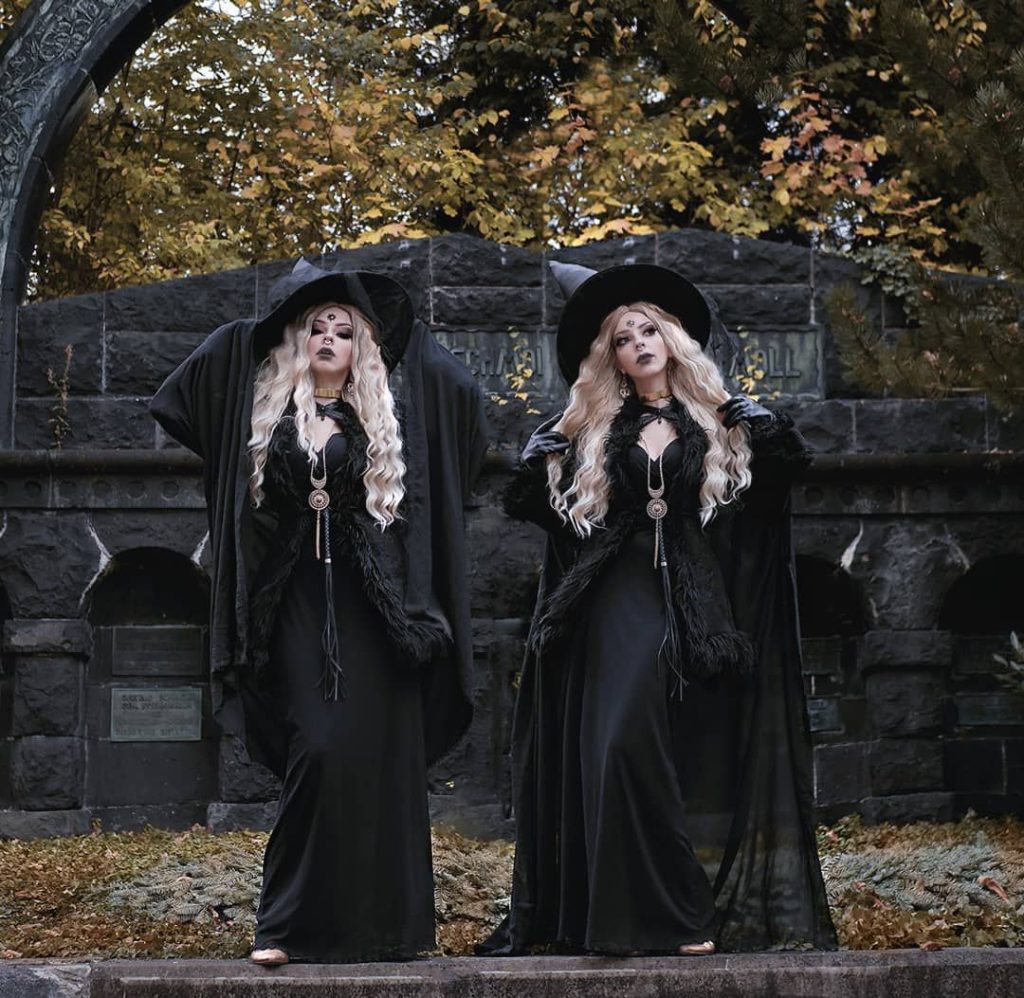Costumes have a remarkable ability to transport us. A simple change of clothes can transform us into historical figures, mythical creatures, or characters from our wildest imaginations. But costumes are more than just pieces of fabric; they are portals to a world of make-believe, where we can shed our everyday selves and embrace new identities.
Throughout history, costumes have played a vital role in human expression. From the elaborate ceremonial garments of ancient civilizations to the vibrant costumes used in traditional dance forms, costumes have served as a powerful tool for storytelling, cultural preservation, and self-representation.

A Journey Through Time: Costumes as Historical Narratives
Imagine yourself transported to a bustling marketplace in medieval Europe. Merchants hawk their wares, knights clad in shining armor patrol the streets, and ladies adorned in flowing gowns socialize. Costumes play a crucial role in recreating these historical scenes. The meticulous details – the weight of the armor, the drape of the gown – transport us back in time, allowing us to experience a bygone era firsthand.
Costumes are not merely decorative; they offer valuable insights into the social hierarchy, cultural norms, and even technological advancements of a particular period. For instance, the opulent fabrics and intricate embroidery on a queen’s gown might signify her wealth and power, while the simpler garb of a peasant reflects their social standing.

Beyond History: Costumes in the Realm of Fantasy
Costumes are not confined to the realm of history. They are the lifeblood of fantasy and science fiction, allowing us to step into fantastical worlds filled with dragons, superheroes, and otherworldly creatures. The elaborate costumes worn by actors in these films and television shows bring these characters to life, making the fantastical seem tangible.
A superhero’s costume, for example, is not just a brightly colored outfit; it is a visual representation of their powers and personality. The flowing cape of a hero might symbolize their ability to fly, while the intricate armor of a villain might convey their strength and resilience.
The Power of Transformation: Costumes and Self-Expression
Costumes offer us a unique opportunity to shed our everyday selves and experiment with different identities. Whether it’s dressing up as a favorite character for Halloween or donning a flamboyant costume for a masquerade ball, costumes empower us to express ourselves in ways that might not be possible in our daily lives.
For some, costumes can be a source of confidence and empowerment. A shy person might find their voice when dressed as a bold superhero, while someone struggling with their identity might explore different facets of themselves through costume choices.

The Art of Costume Design: Bringing Characters to Life
The creation of a costume is an art form in itself. Costume designers meticulously research historical periods, analyze scripts for character traits, and collaborate with artists and tailors to bring their vision to life. Every detail, from the choice of fabric to the placement of a single button, contributes to the overall narrative.
A skilled costume designer can use subtle cues to communicate a character’s background, personality, and even their emotional state. For instance, a character who is wealthy and arrogant might be adorned in ostentatious jewelry, while a character who is struggling financially might have clothes that are worn and patched.
More Than Fabric: The Emotional Impact of Costumes
Costumes have the power to evoke a wide range of emotions. A tattered military uniform might evoke feelings of patriotism and sacrifice, while a blood-stained gown might inspire fear and suspense. The right costume can elevate a theatrical performance, heighten the impact of a historical reenactment, or simply make a child’s day at a Halloween party.

Costumes can also foster a sense of community and belonging. Dressing up for a specific event, such as a comic book convention or a historical reenactment, allows people to connect with others who share their interests. These shared experiences create a sense of camaraderie and belonging, reminding us of the power of storytelling and imagination.
Evolution of costume design in the digital age
The digital age has woven a new thread into the tapestry of costume design. While the core purpose of costumes – to tell stories, transport us to different worlds, and express identity – remains the same, the tools and techniques used to create them have undergone a dramatic transformation. Let’s explore how technology is revolutionizing costume design.
3D Printing: From Imagination to Reality
One of the most significant advancements is the rise of 3D printing. This technology allows costume designers to create intricate and complex pieces that were previously impossible or prohibitively expensive to craft. Imagine a fantastical creature with elaborate armor or a historical figure adorned with intricate jewelry – 3D printing can bring these visions to life with incredible detail and precision.
Virtual Prototyping: Seeing Before Sewing
Gone are the days of relying solely on sketches and physical prototypes. Today, costume designers can utilize virtual prototyping software to create digital versions of their designs. This allows them to visualize the final product in a 3D environment, experiment with different colors and textures, and identify any potential issues before a single stitch is sewn. This not only streamlines the design process but also saves time and resources.
Advanced Fabrics and Materials
The digital age has also ushered in a new era of innovative fabrics and materials. From lightweight, breathable synthetics to fabrics with built-in lights and LEDs, costume designers now have a wider palette to choose from. These advancements allow for the creation of costumes that are not only visually stunning but also comfortable and functional for actors to wear.
Collaboration Across Continents
Digital tools have broken down geographical barriers in costume design. Online platforms allow designers to collaborate with artisans and craftspeople from all over the world, fostering a global exchange of ideas and techniques. This not only expands the creative possibilities but also allows for the creation of costumes that are more culturally authentic.
Sustainability in the Spotlight
The fashion industry has a significant environmental impact, and costume design is no exception. However, digital tools are now being used to promote sustainable practices. Software can help designers optimize fabric usage, minimize waste, and even create virtual costumes for films and video games, reducing the need for physical production.
The Future of Costume Design
The future of costume design promises to be even more exciting. With advancements in augmented reality (AR) and virtual reality (VR), costumes could become even more interactive and immersive. Imagine actors wearing costumes that react to their movements or environments, blurring the line between reality and fantasy.
In conclusion, the digital age is revolutionizing costume design, offering designers new tools and techniques to bring their visions to life. From 3D printing to virtual prototyping, these advancements are not only shaping the aesthetics of costumes but also promoting collaboration, sustainability, and a future filled with even more creative possibilities.

The Enduring Legacy of Costumes
From the grand stages of opera houses to the intimate gatherings of friends and family, costumes continue to weave their magic. They are testaments to human creativity, expressions of cultural identity, and gateways to fantastical worlds. As long as we have stories to tell and imaginations to ignite, the world of costumes will continue to flourish, offering us endless opportunities to explore, express, and transform.


